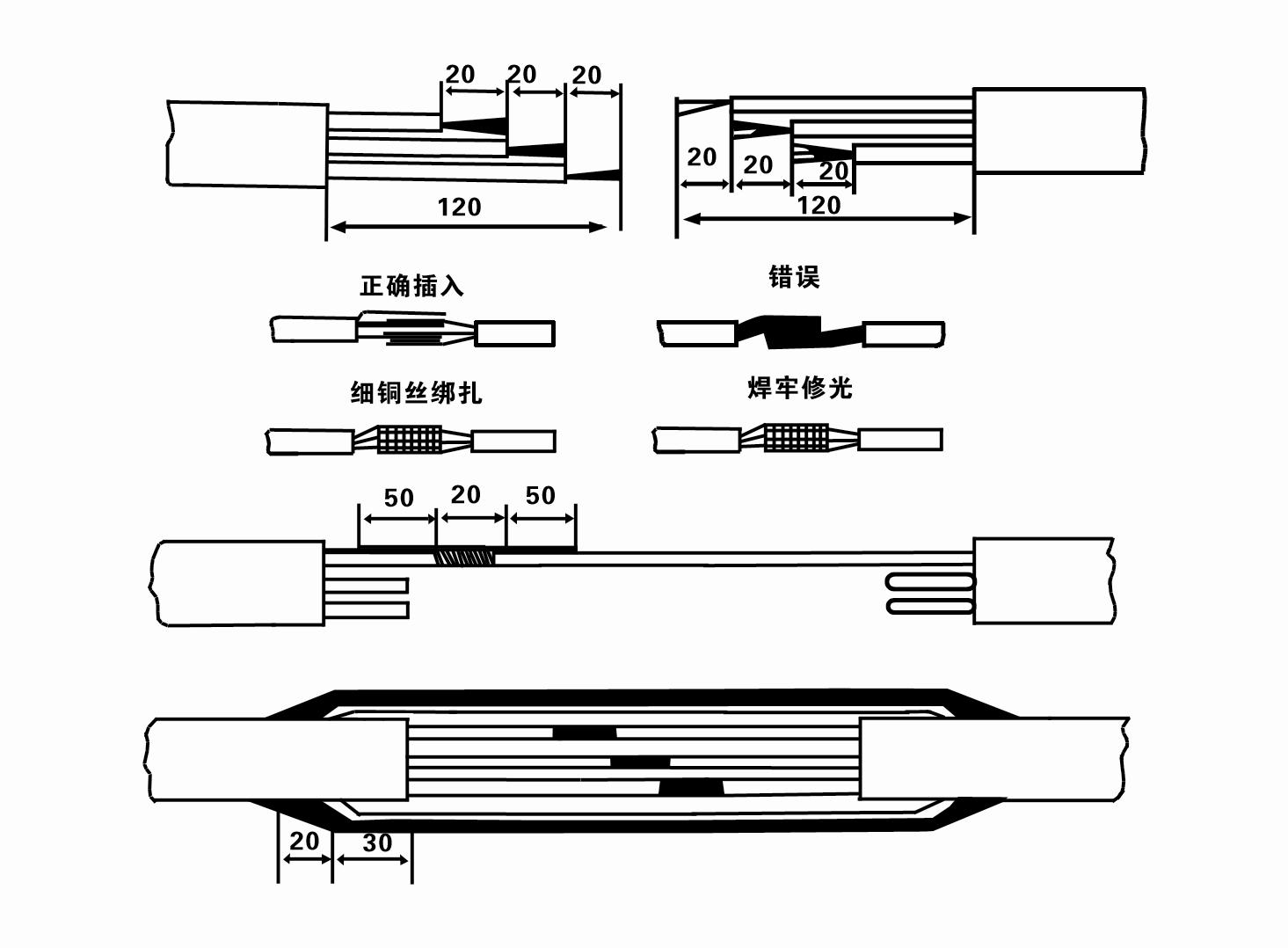Sep . 03, 2024 07:44 Back to list
Reliable Submersible Pumps for Deep Wells | High-Performance Water Solutions
Submersible Pumps for Deep Wells An Overview
Submersible pumps are a vital component in the efficient extraction of water from deep wells. These pumps are specifically designed to operate while fully submerged, making them ideal for deep well applications where traditional pumps may fall short. In this article, we will explore the key features, advantages, and applications of submersible pumps in deep well systems.
Design and Functionality
The design of a submersible pump allows it to work below the water surface, thus submerging the motor and impeller. This design enables the pump to push water to the surface rather than pulling it, allowing for greater efficiency and reducing the risk of air locks that can occur with above-ground pumps. A typical submersible pump consists of several components, including the motor, impeller, pump body, and a discharge pipe, all of which are constructed to withstand the harsh conditions found in deep well environments.
Advantages of Submersible Pumps
1. Efficiency Submersible pumps are generally more efficient than other types of pumps, as they can operate at greater depths with lower energy consumption. Their design reduces energy losses that occur during the transportation of water.
3. Space-Saving Submersible pumps save space by being installed within the well itself, eliminating the need for large above-ground equipment. This makes them ideal for residential and agricultural setups where space is limited.
submersible pump for deep well

4. Versatility These pumps can handle a variety of liquids, including clean water, saltwater, or even slightly contaminated water. This versatility makes them suitable for various applications, from agricultural irrigation to municipal water supply.
5. Continuous Flow Submersible pumps can deliver a continuous flow of water, making them perfect for systems that require a steady supply, such as irrigation or water treatment facilities.
Applications
Submersible pumps are commonly used in various fields due to their advantages. In the agricultural sector, they facilitate irrigation by extracting groundwater efficiently. Municipalities rely on these pumps for drinking water supply systems, ensuring that communities have access to clean water.
Moreover, submersible pumps are integral in industrial applications, such as dewatering construction sites or draining flooded areas. Their reliability and efficiency make them a go-to choice for many sectors.
Conclusion
In conclusion, submersible pumps for deep wells are an essential technological advancement in water extraction and management. Their unique design, efficiency, and versatility make them suitable for various applications, from agriculture to municipal water systems. As water scarcity becomes an increasingly pressing issue worldwide, the role of submersible pumps will undoubtedly become even more critical. By understanding the benefits and functions of these pumps, stakeholders can make informed decisions for sustainable water management solutions.
-
Submersible Water Pump: The Efficient 'Power Pioneer' of the Underwater World
NewsJul.01,2025
-
Submersible Pond Pump: The Hidden Guardian of Water Landscape Ecology
NewsJul.01,2025
-
Stainless Well Pump: A Reliable and Durable Pumping Main Force
NewsJul.01,2025
-
Stainless Steel Submersible Pump: An Efficient and Versatile Tool for Underwater Operations
NewsJul.01,2025
-
Deep Well Submersible Pump: An Efficient 'Sucker' of Groundwater Sources
NewsJul.01,2025
-
Deep Water Well Pump: An Efficient 'Sucker' of Groundwater Sources
NewsJul.01,2025
-
 Submersible Water Pump: The Efficient 'Power Pioneer' of the Underwater WorldIn the field of hydraulic equipment, the Submersible Water Pump has become the core equipment for underwater operations and water resource transportation due to its unique design and excellent performance.Detail
Submersible Water Pump: The Efficient 'Power Pioneer' of the Underwater WorldIn the field of hydraulic equipment, the Submersible Water Pump has become the core equipment for underwater operations and water resource transportation due to its unique design and excellent performance.Detail -
 Submersible Pond Pump: The Hidden Guardian of Water Landscape EcologyIn courtyard landscapes, ecological ponds, and even small-scale water conservancy projects, there is a silent yet indispensable equipment - the Submersible Pond Pump.Detail
Submersible Pond Pump: The Hidden Guardian of Water Landscape EcologyIn courtyard landscapes, ecological ponds, and even small-scale water conservancy projects, there is a silent yet indispensable equipment - the Submersible Pond Pump.Detail -
 Stainless Well Pump: A Reliable and Durable Pumping Main ForceIn the field of water resource transportation, Stainless Well Pump has become the core equipment for various pumping scenarios with its excellent performance and reliable quality.Detail
Stainless Well Pump: A Reliable and Durable Pumping Main ForceIn the field of water resource transportation, Stainless Well Pump has become the core equipment for various pumping scenarios with its excellent performance and reliable quality.Detail
